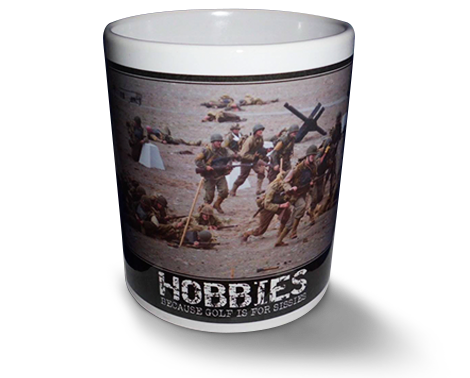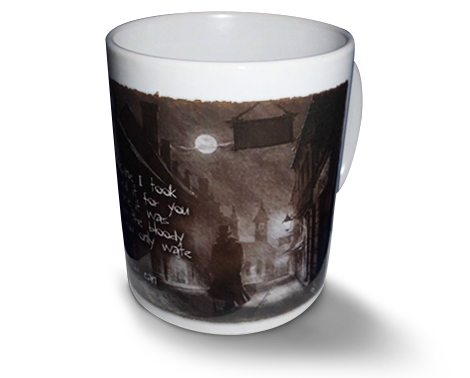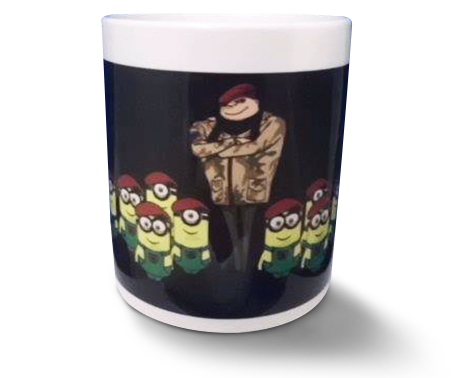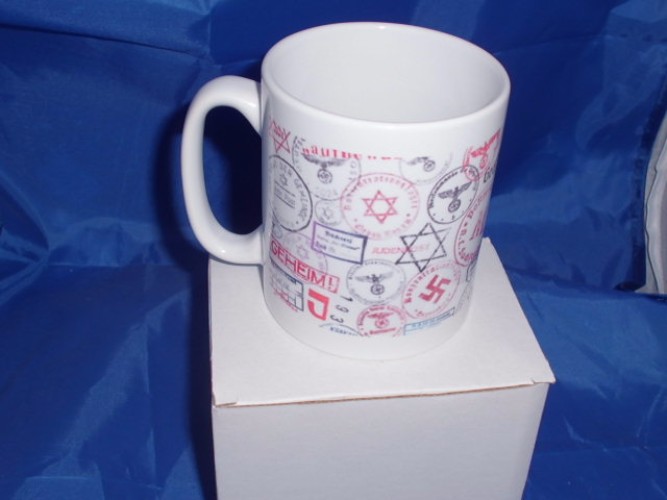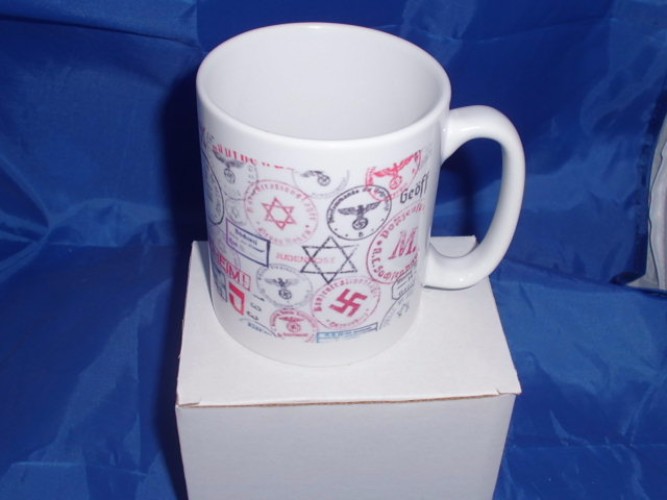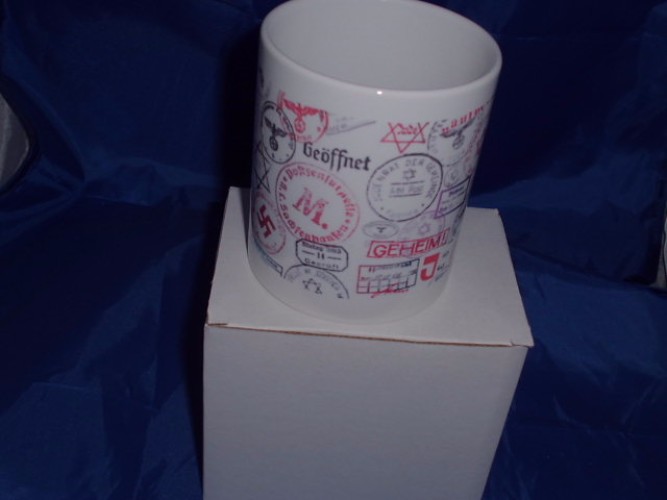World war two German Stamp mug
11oz orca dishwasher safe mug
Before the unification of the German Empire in 1871, about half of the 27 individual German states issued their own stamps. Among the most interesting are the low-value stamps created for the states of Brunswick and Mecklenburg-Schwerin, which could be divided into quarters for minor postage needs. Most German stamps at the time featured large numerical denominations surrounded by fanciful scrolls indicating the specific currency and postal service.
Prussia’s first stamps appeared in 1850, portraying Friedrich Wilhelm IV. The king was replaced by the Prussian armorial design in 1861 after his successor, Wilhelm I, initiated this new trend. By the 1860s, other states like Bavaria had adopted designs emblazoned with their official coat of arms at center and the monetary value marked along the border. Armorial imagery generally included conventional symbols like castles, lions, crowns, keys, and dragons.
Round Military Unit Stamp
This is perhaps the most typical and common type of stamp used on military documents during the Third Reich. Stamps like this were made for military units from Kompanie level to Bataillon, Regiment, Division and all the way up to the highest levels of command. Most stamps on personal paperwork and identity documents were Kompanie or Bataillon level stamps. This stamp, known as a "Dienststempel" (service stamp) was the official seal of a unit and was used to make official entries on a myriad of different documents. In some cases, instead of the name of the unit, the Feldpost number was used instead (see below). These stamps show a lot of variation but generally the eagle design was the same for all branches of the Wehrmacht (the Heer, Luftwaffe and Kriegsmarine) as well as for the Waffen-SS, and even a number of civil administrative authorities.
Round Feldpost Number Stamp
Round Feldpost number stamps were made in a variety of styles. These Feldpost number stamps were intended for use on military mail but were used in identity documents as well. They are very common on many types of original wartime military documents
Round Civil Authority Stamp
Many civil authorities used the same kind of round "Dienststempel" as military units. These are found on civilian and military documents. This example is from a death certificate issued for a soldier who was killed in the war. The certificate was issued by a local bureaucratic authority in Stargard, Pomerania.
Round Civil Police StampAnother civil "Dienststempel," this one for a police unit.
Nazi Party Round Eagle Stamps
The fragmentary stamp at right is typical of stamps used by Nazi Party functionaries. This distictive type of national eagle and swastika design was used almost exclusively by political organizations- in this case, a local unit of the Nazi Party. This stamp was on a document issued by local government to a Heer soldier certifying that his residence had been destroyed by enemy bombing.
Line Unit Stamp
One-line stamps with designations of military units were common on documents issued by the military, including identity documents. Similar stamps were used as property markings on uniform and equipment items. This stamp for the 1. Kompanie, Landesschuetzen-Bataillon 320 is from a soldier's Wehrpass. The font and ink color on stamps of this kind varies hugely.
Place Name Stamp
Many documents used rubber stamps with place names. Often, official documents needed to be signed by a superior along with the date and the place where the document was issued or authorized. This Berlin-Schoeneberg stamp is from a Wehrpass.
Military Feldpost Letter Stamp
Similar to the round Feldpost number stamp above, this stamp from a soldier's letter home was used by a military unit solely for stamping outgoing field post letters.
Military Feldpost Cancel
This is the typical postal cancel used by the Feldpost system that brought mail from the front to family and friends back home. This letter was mailed in July 1942.

